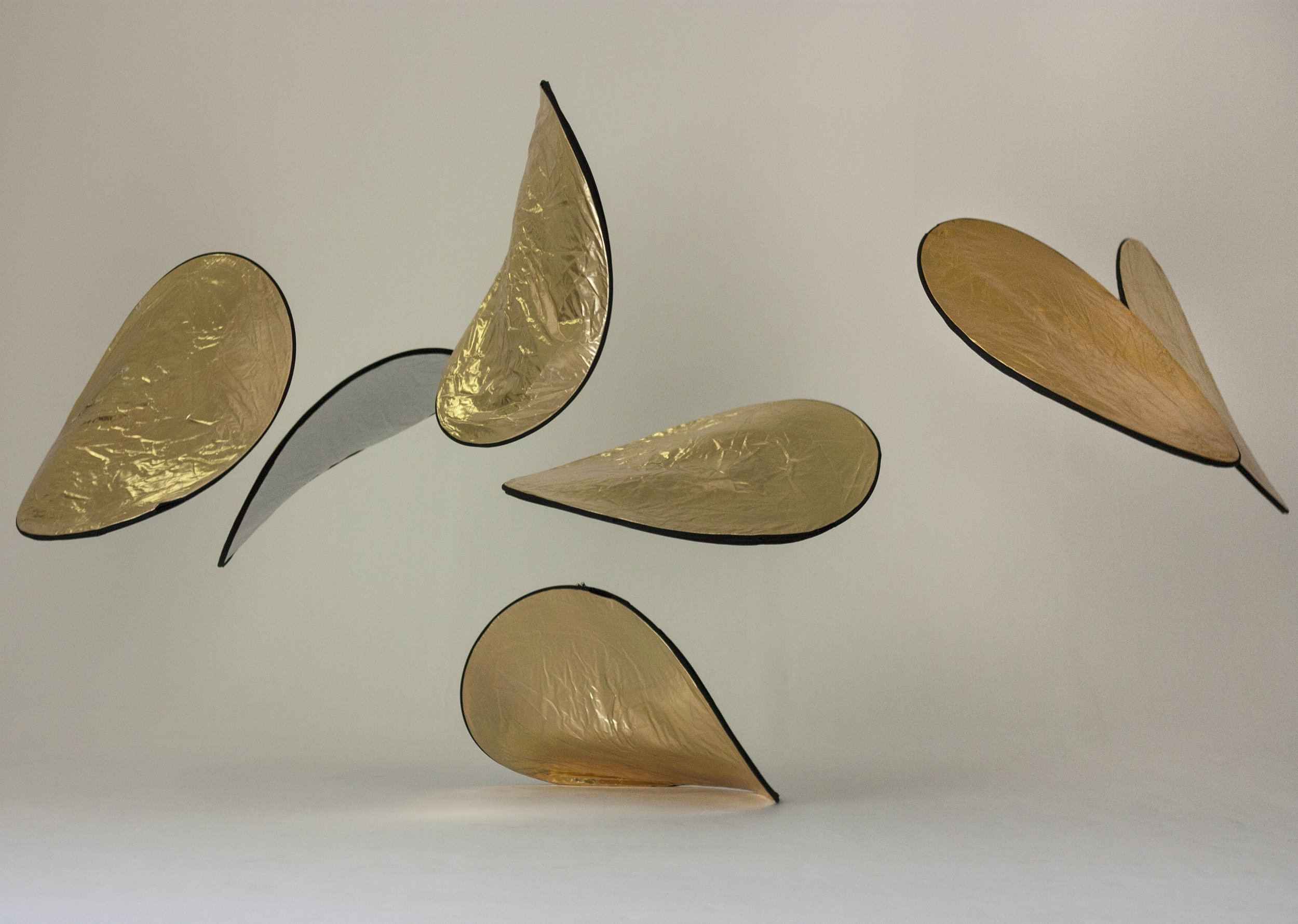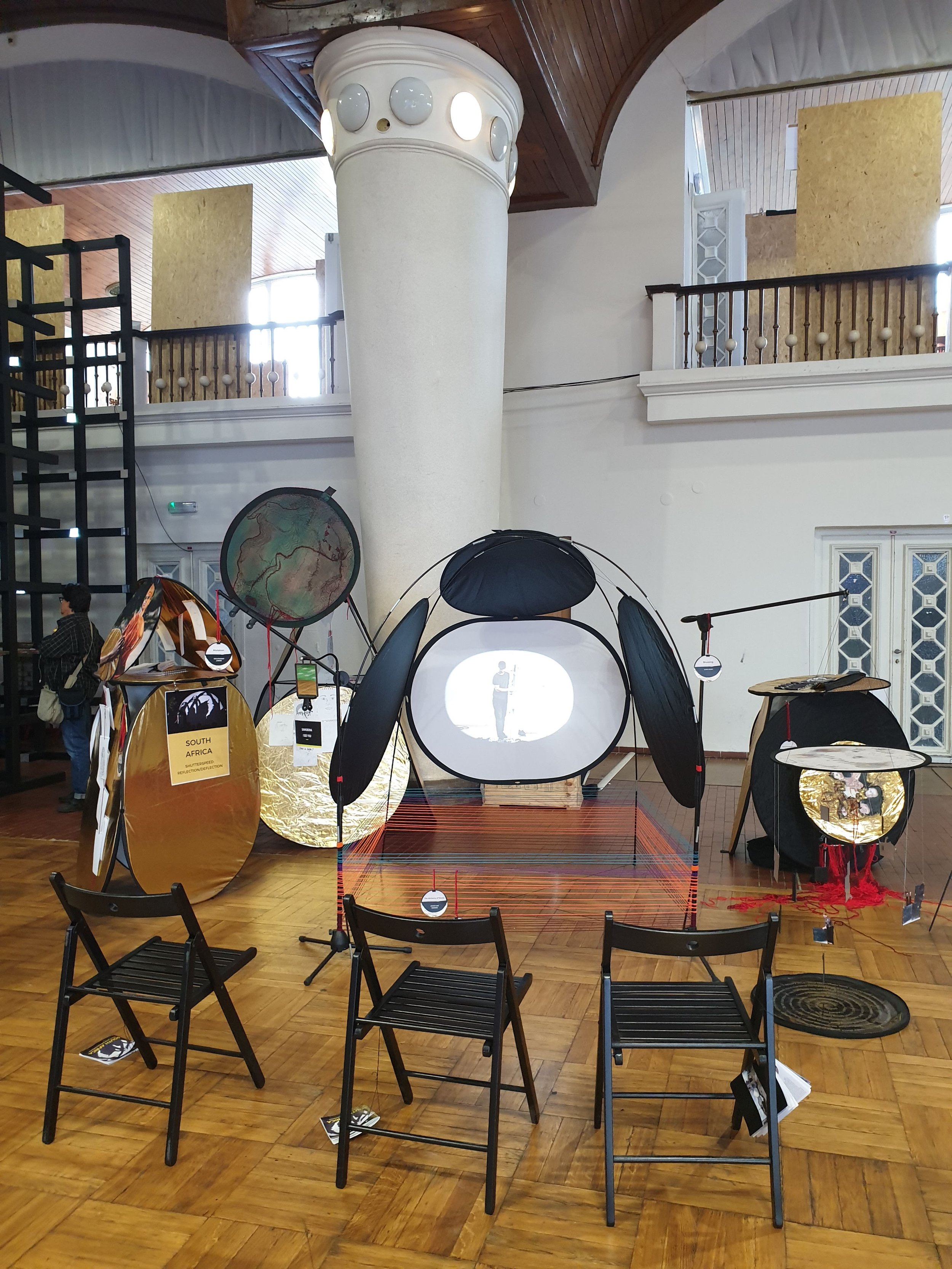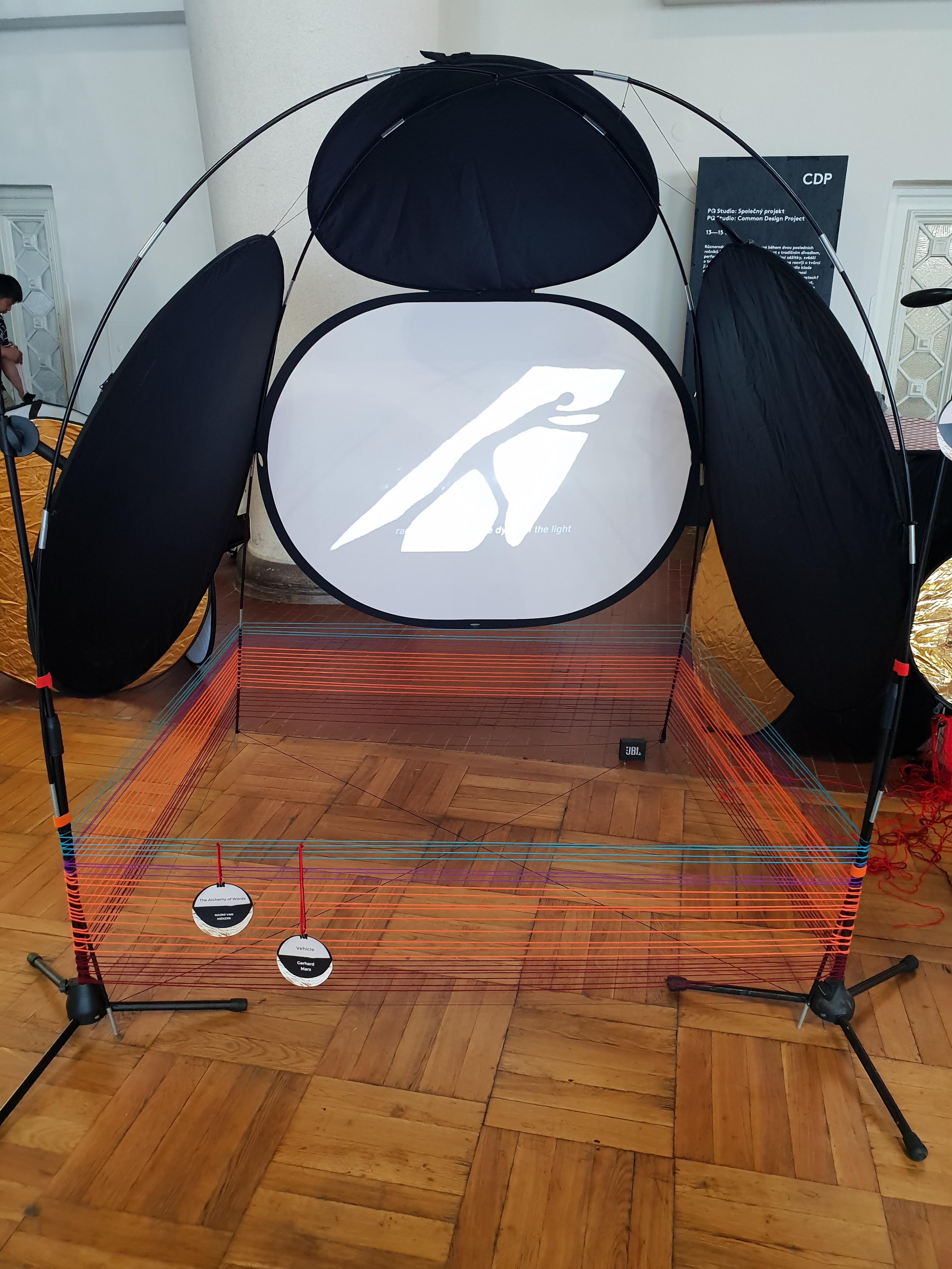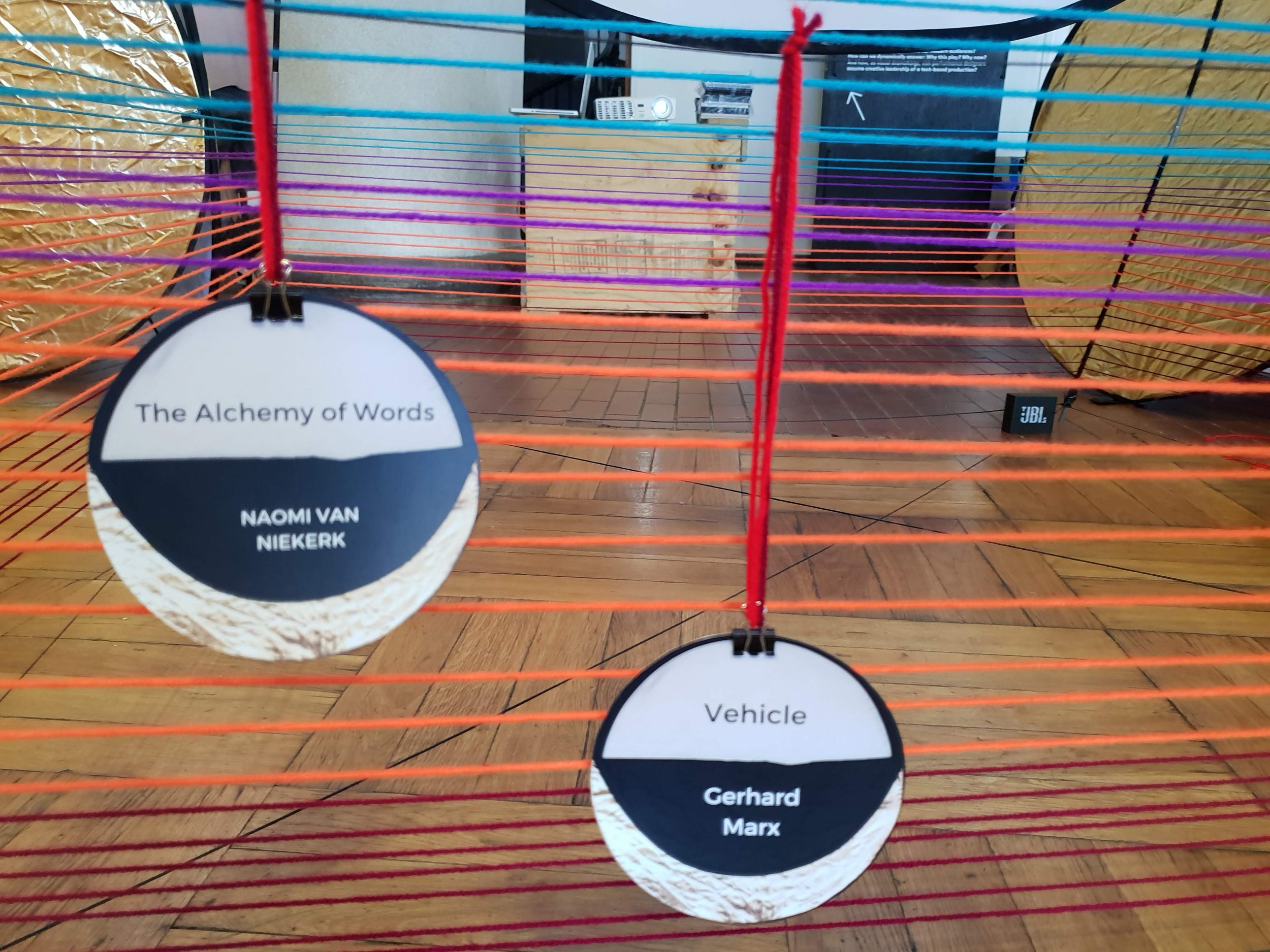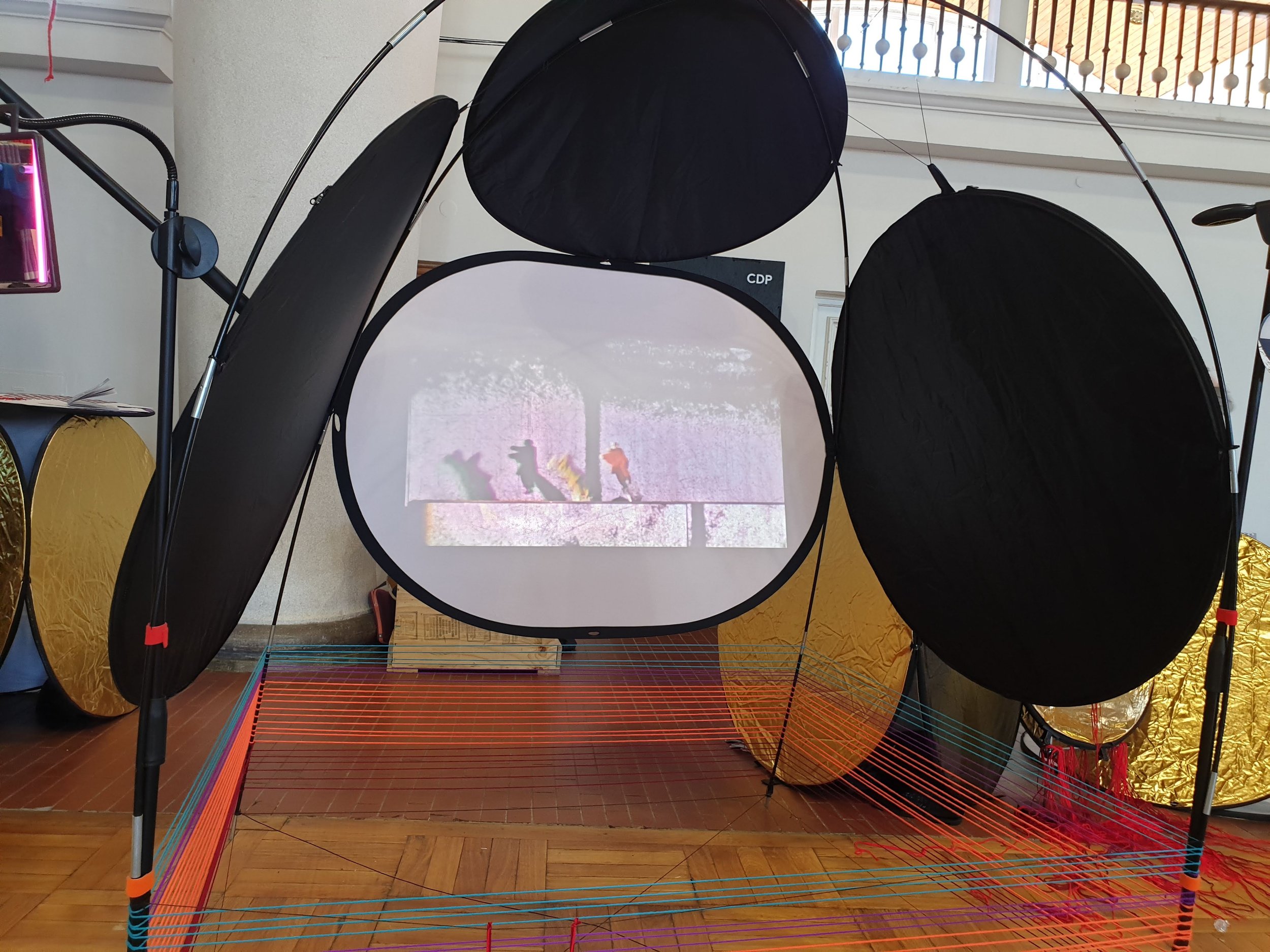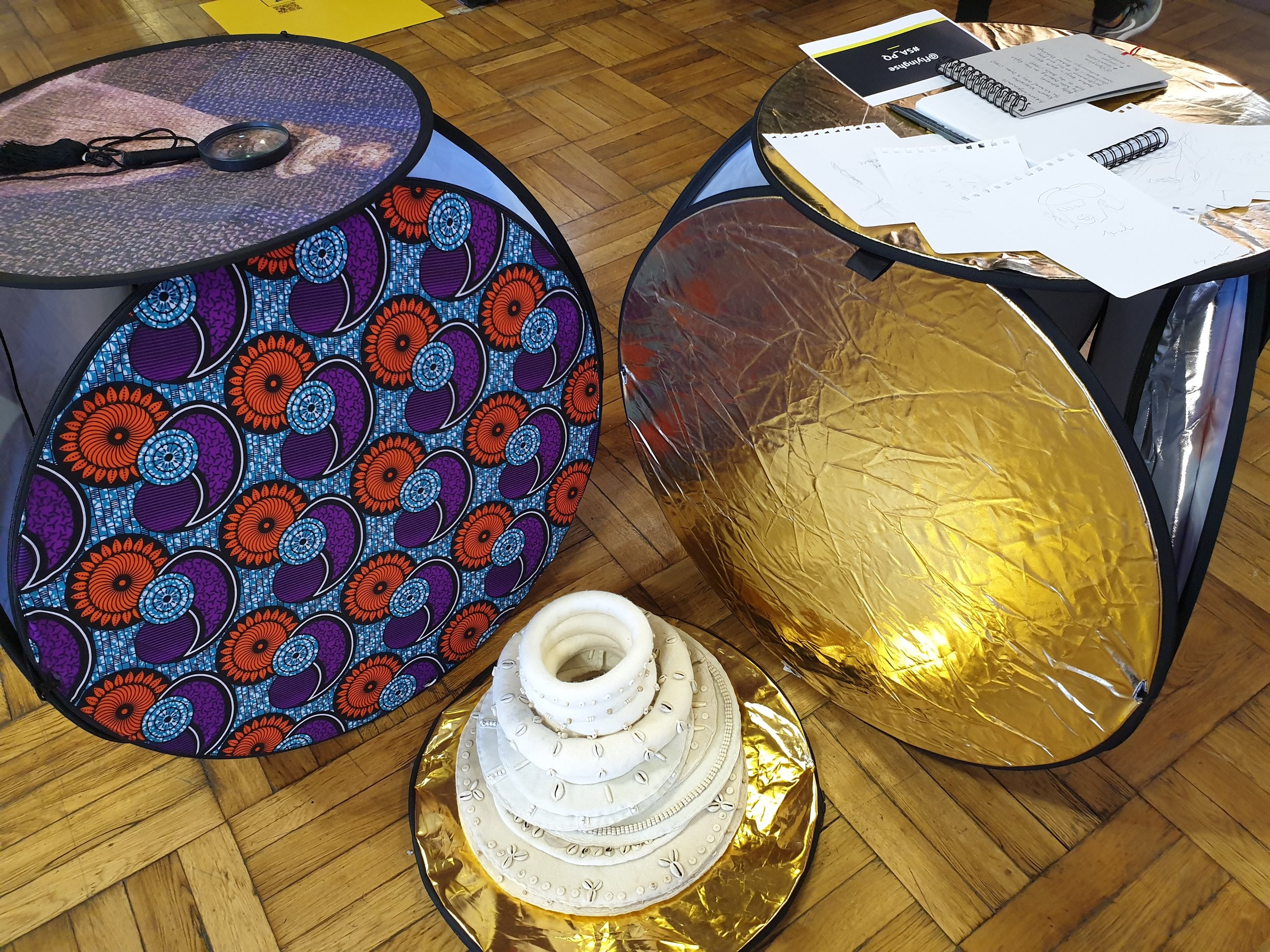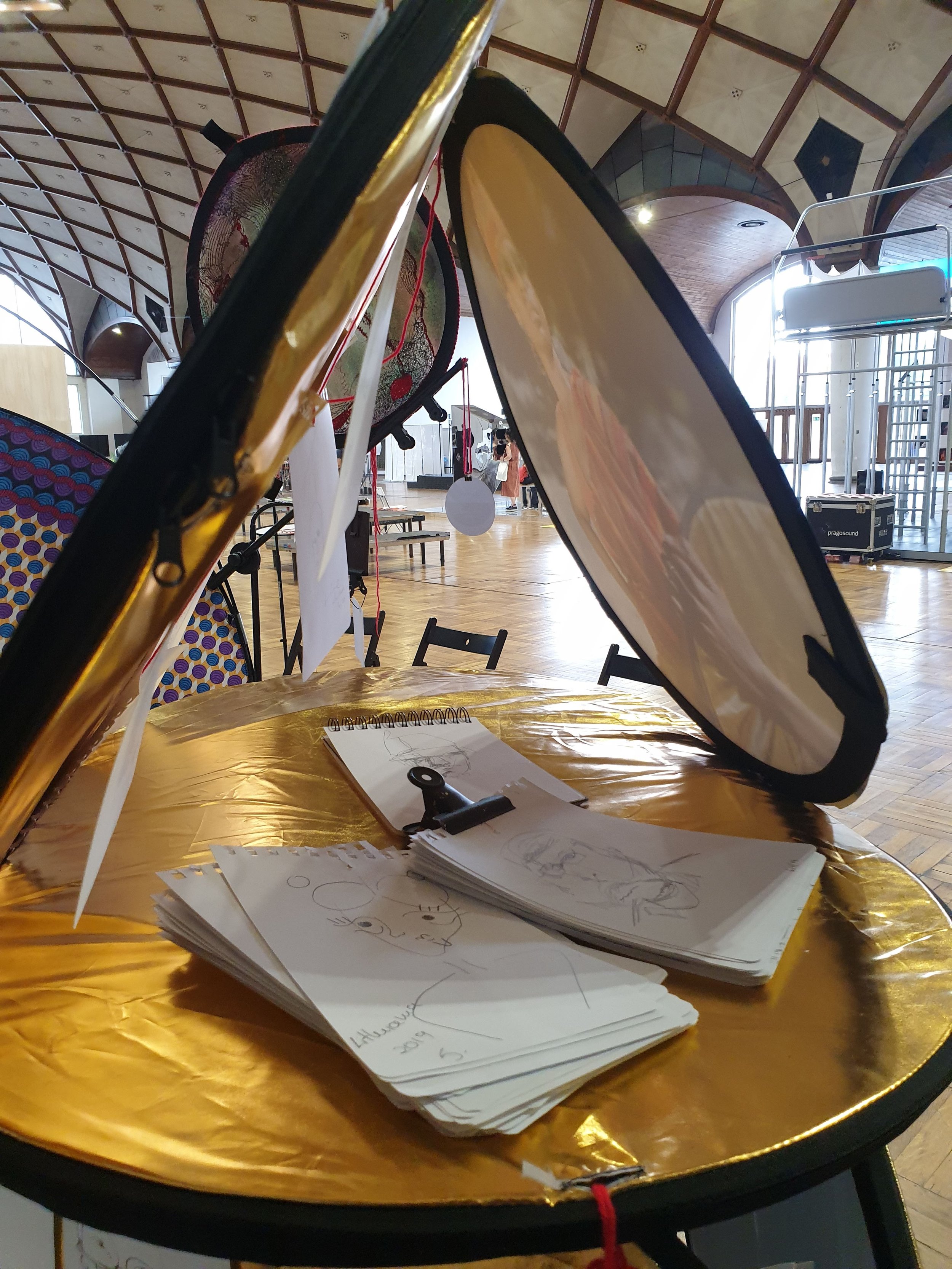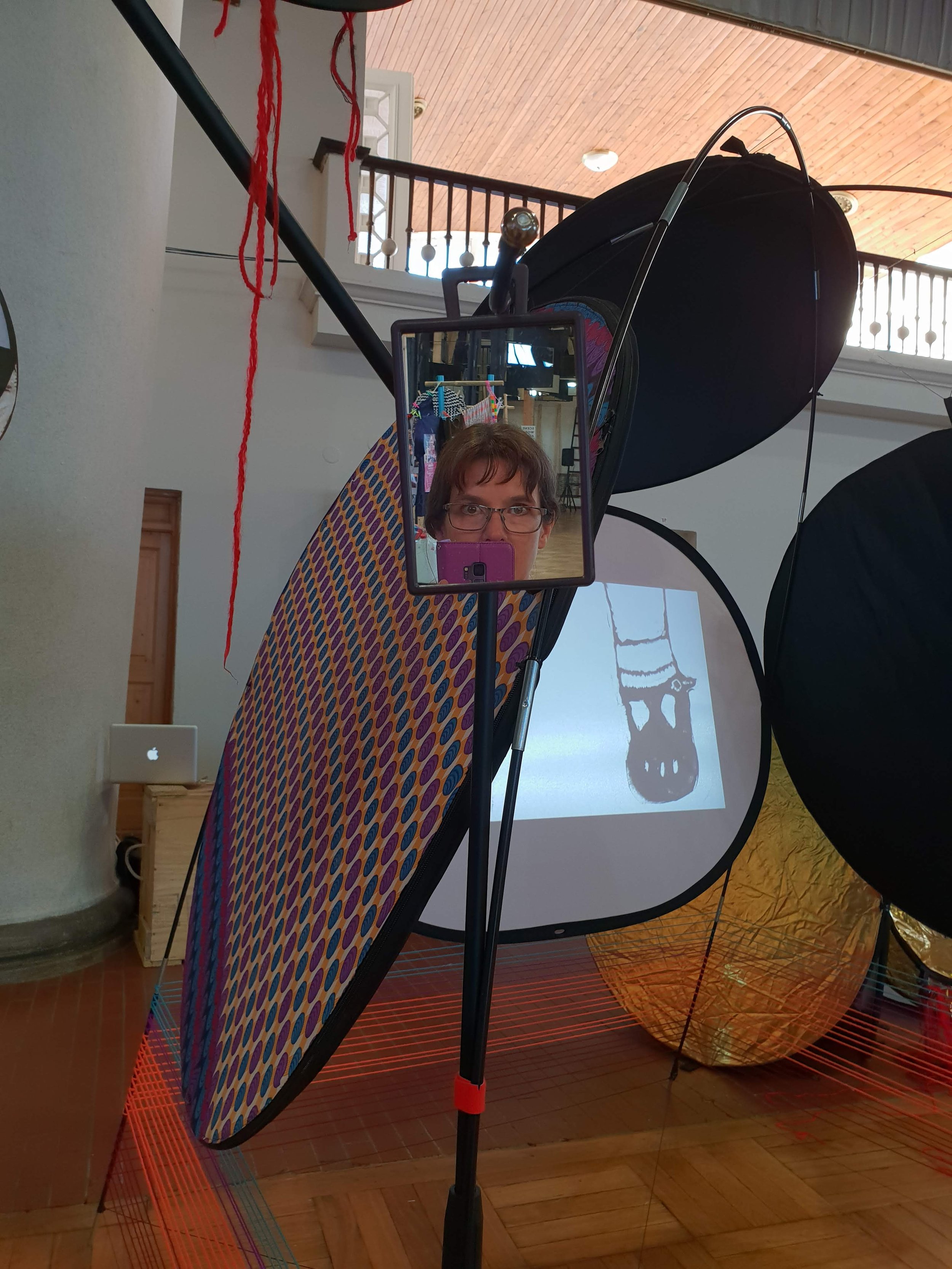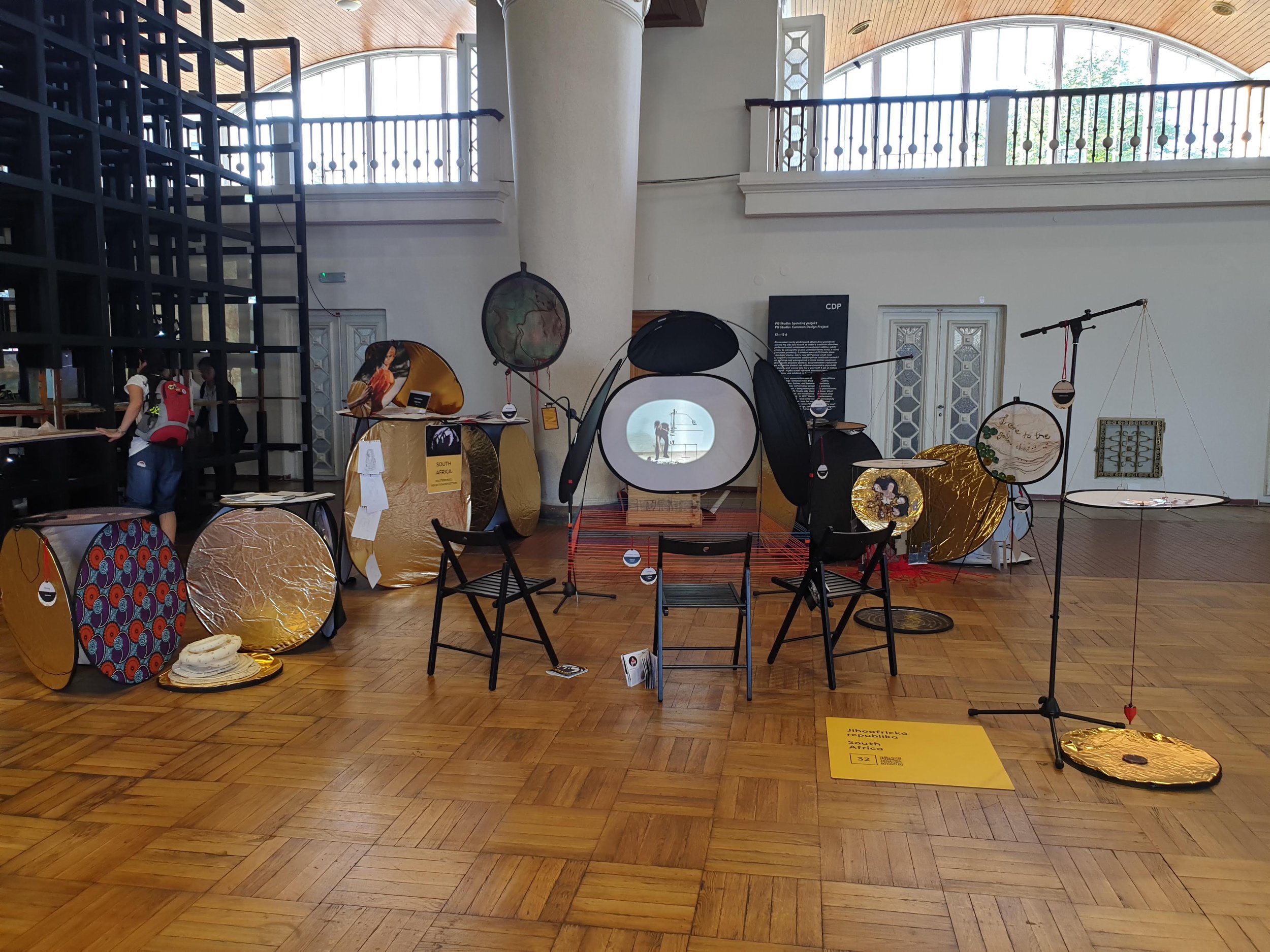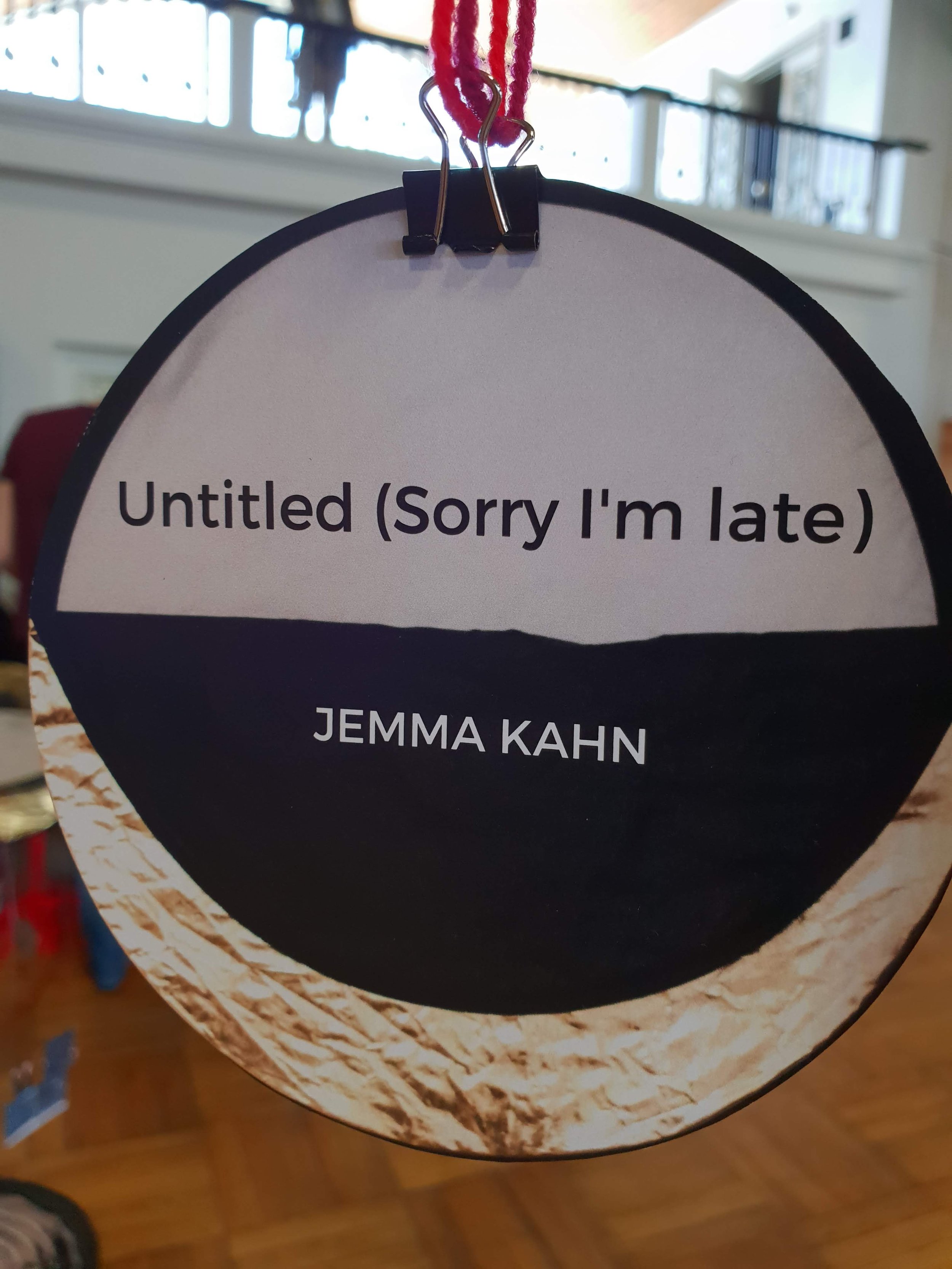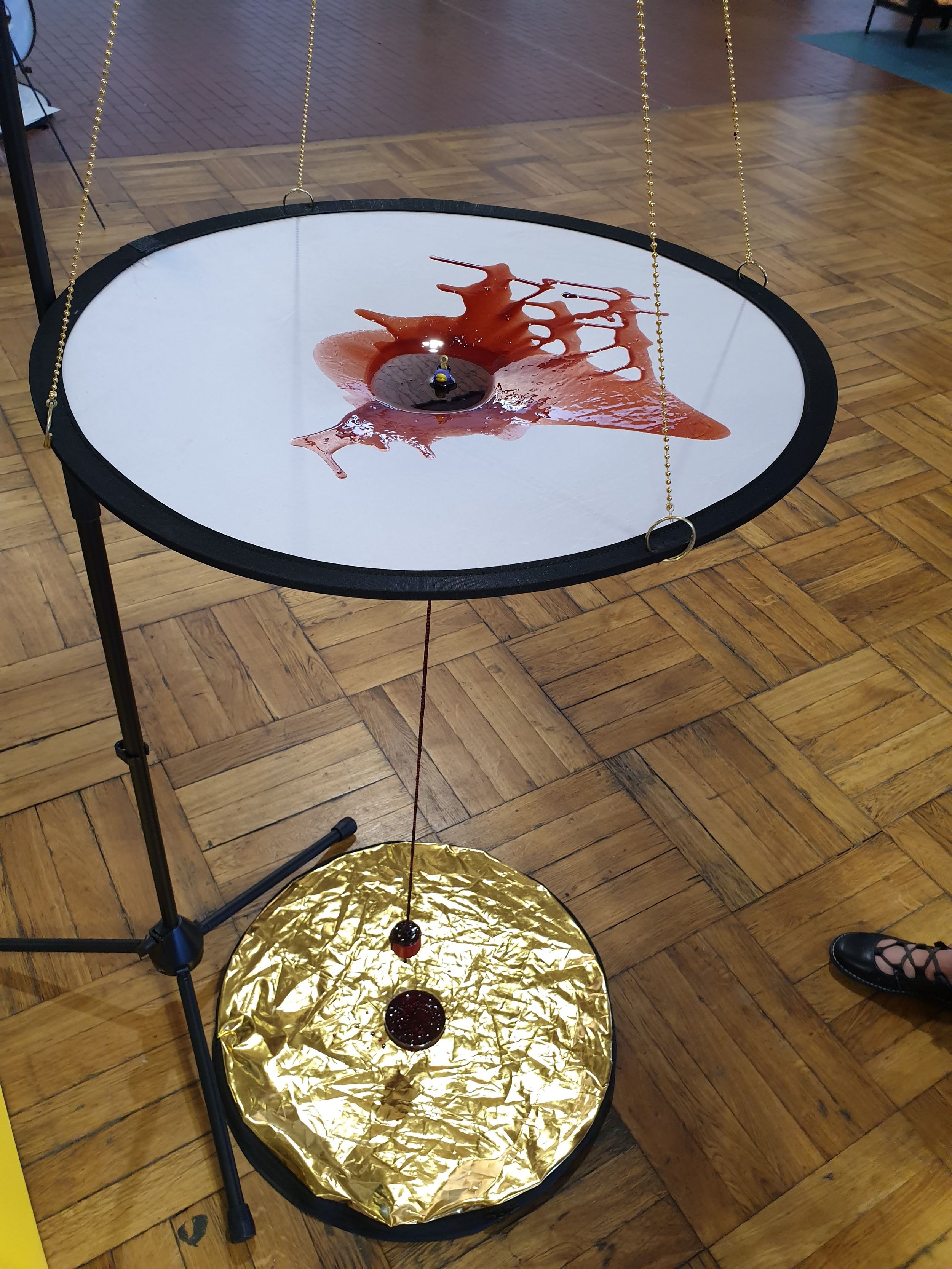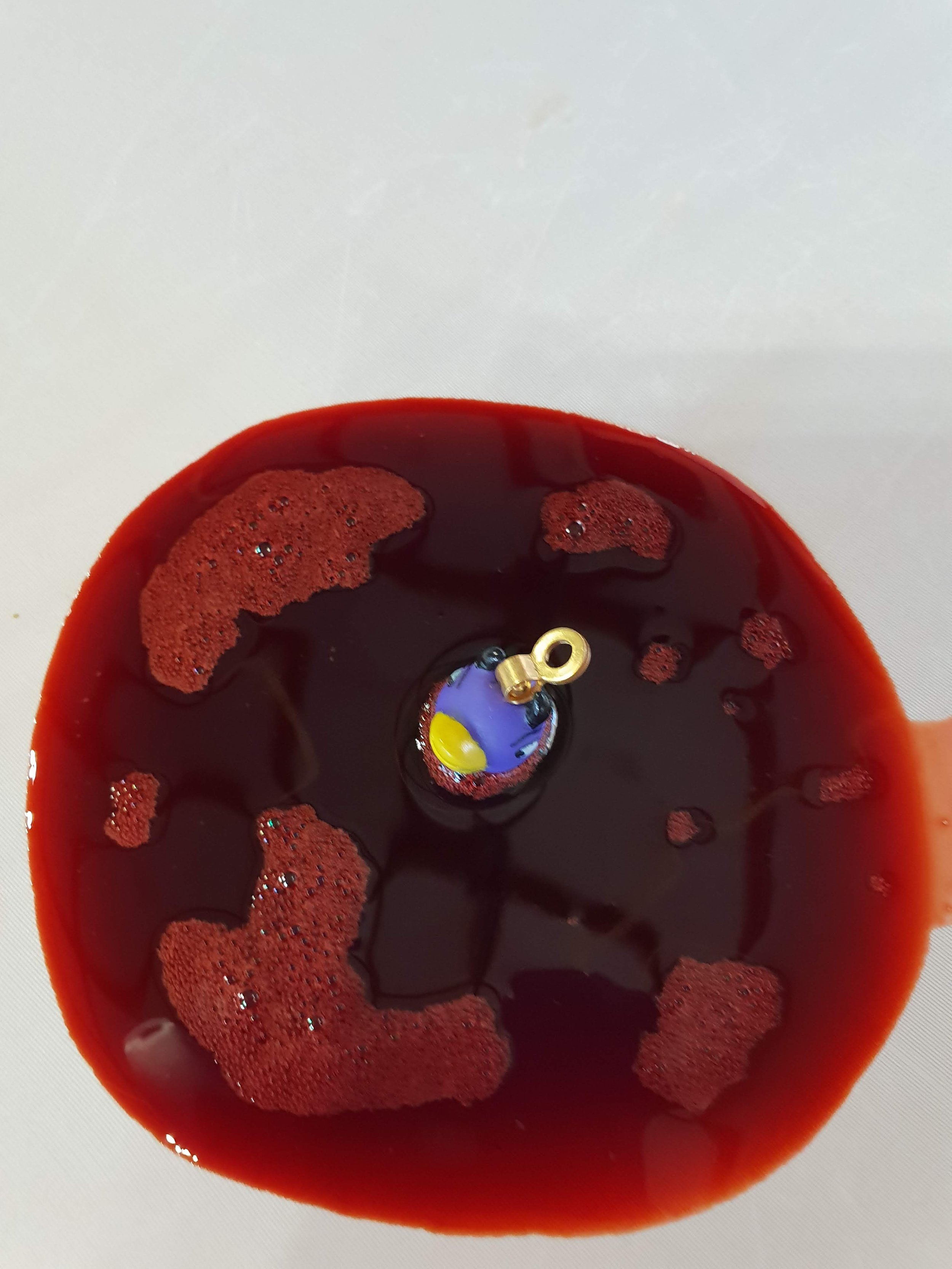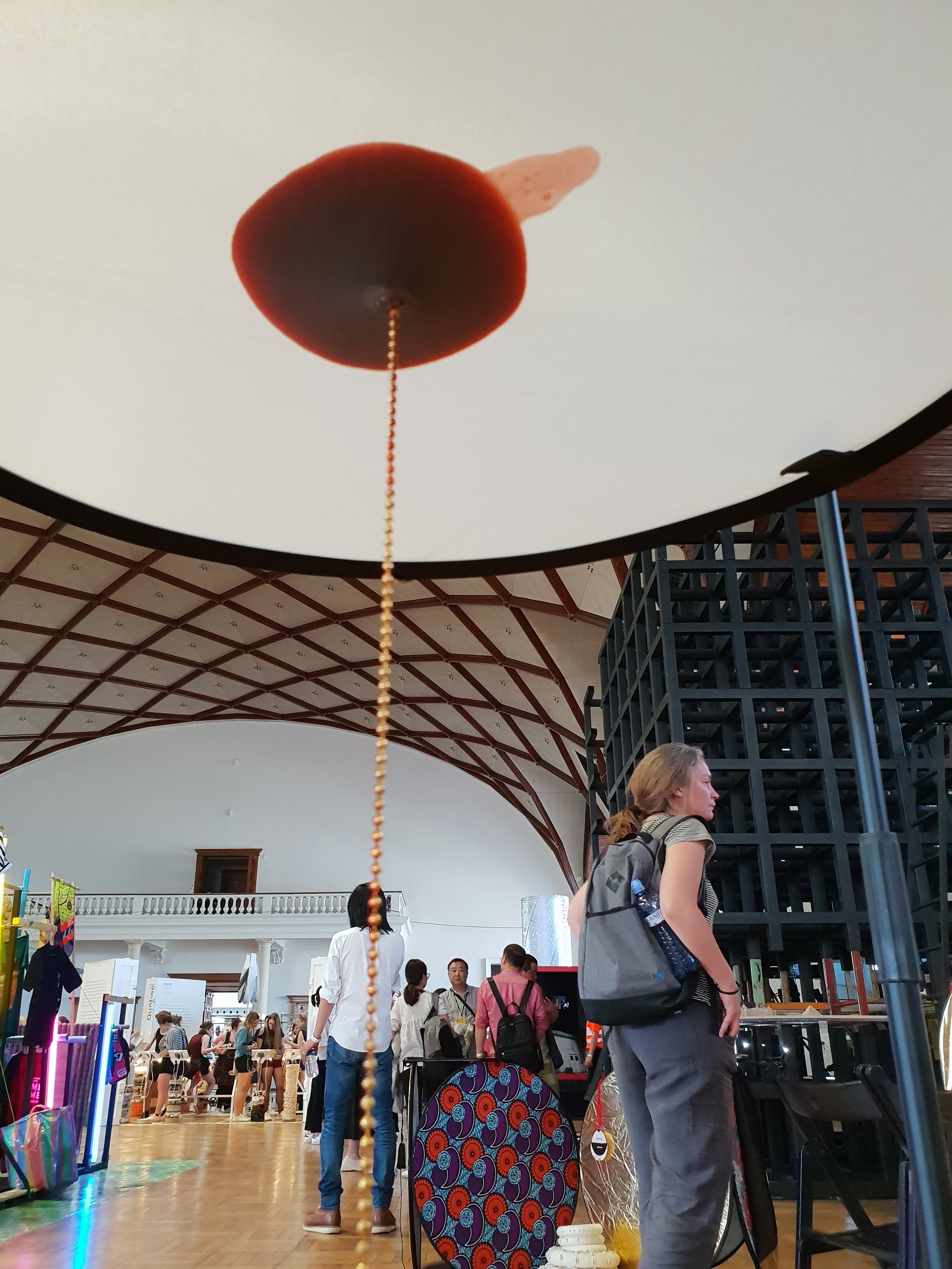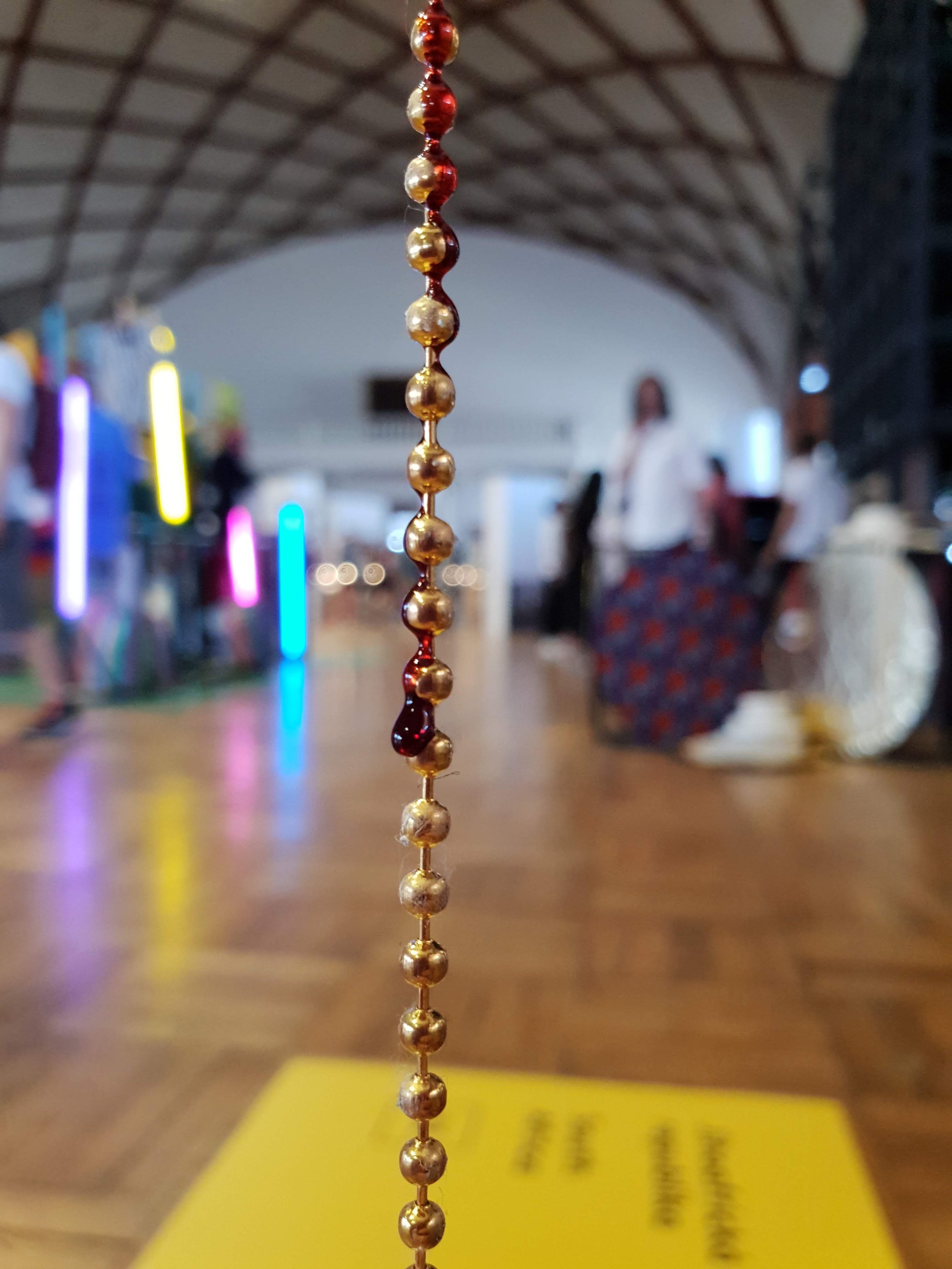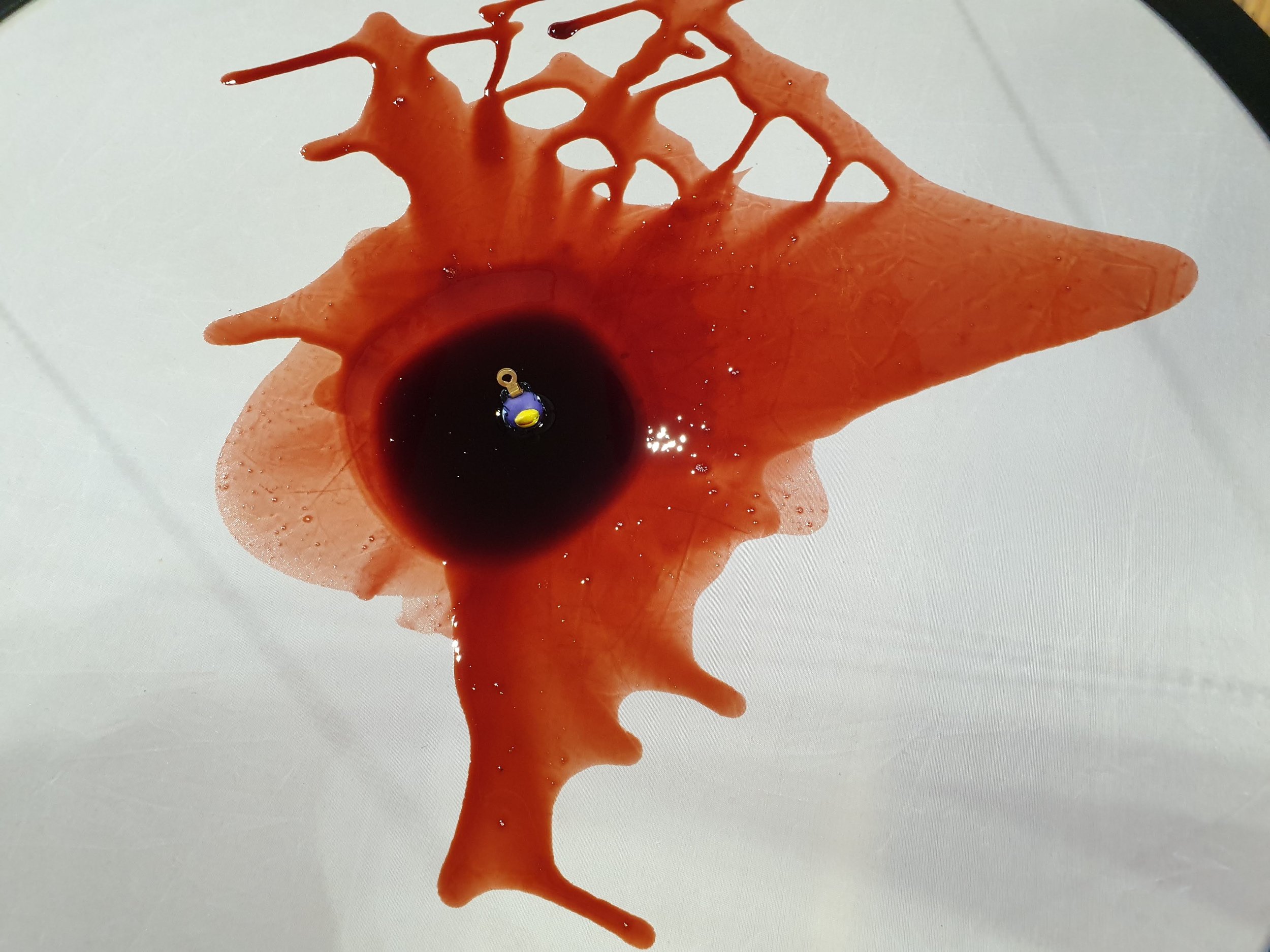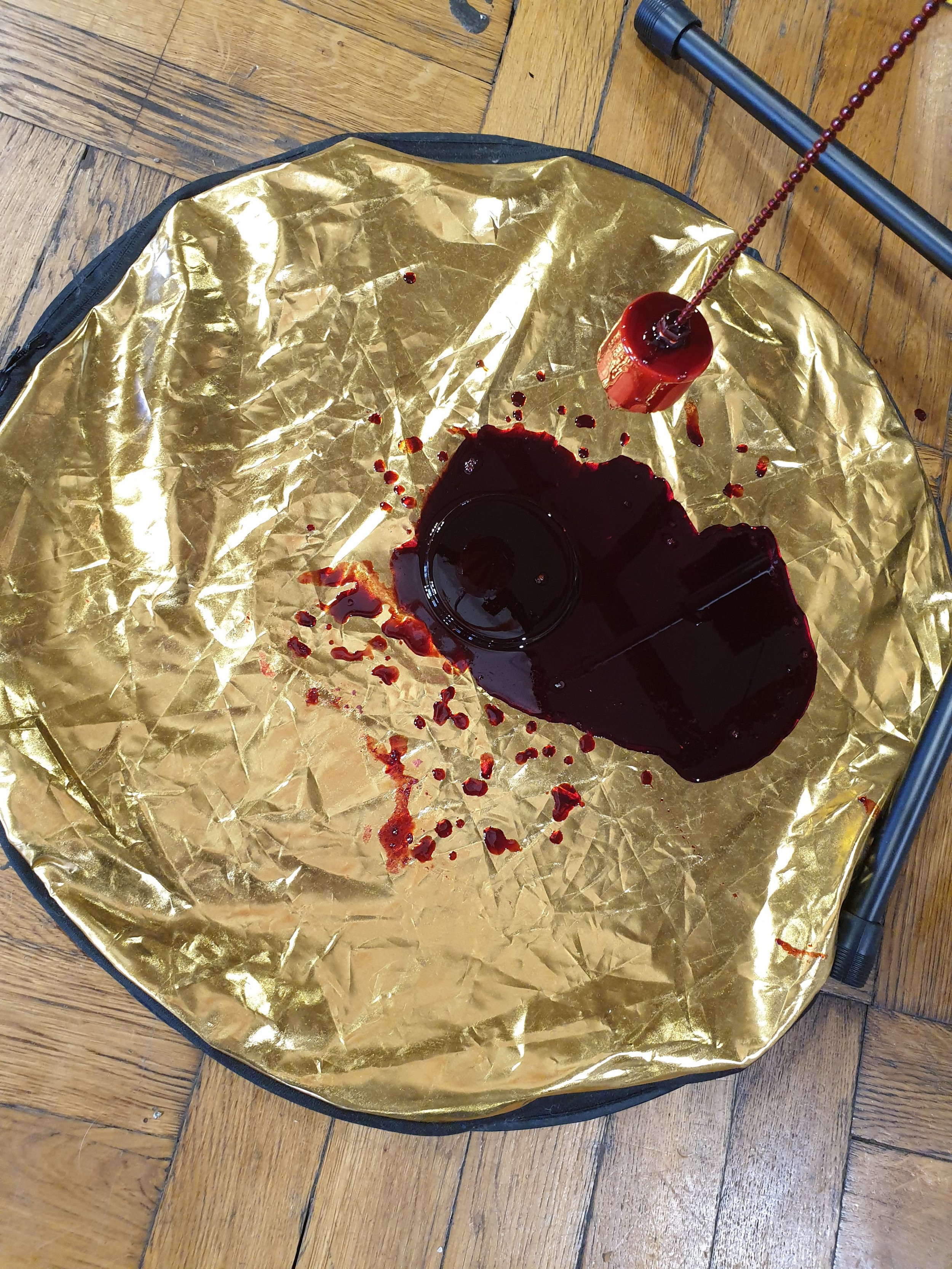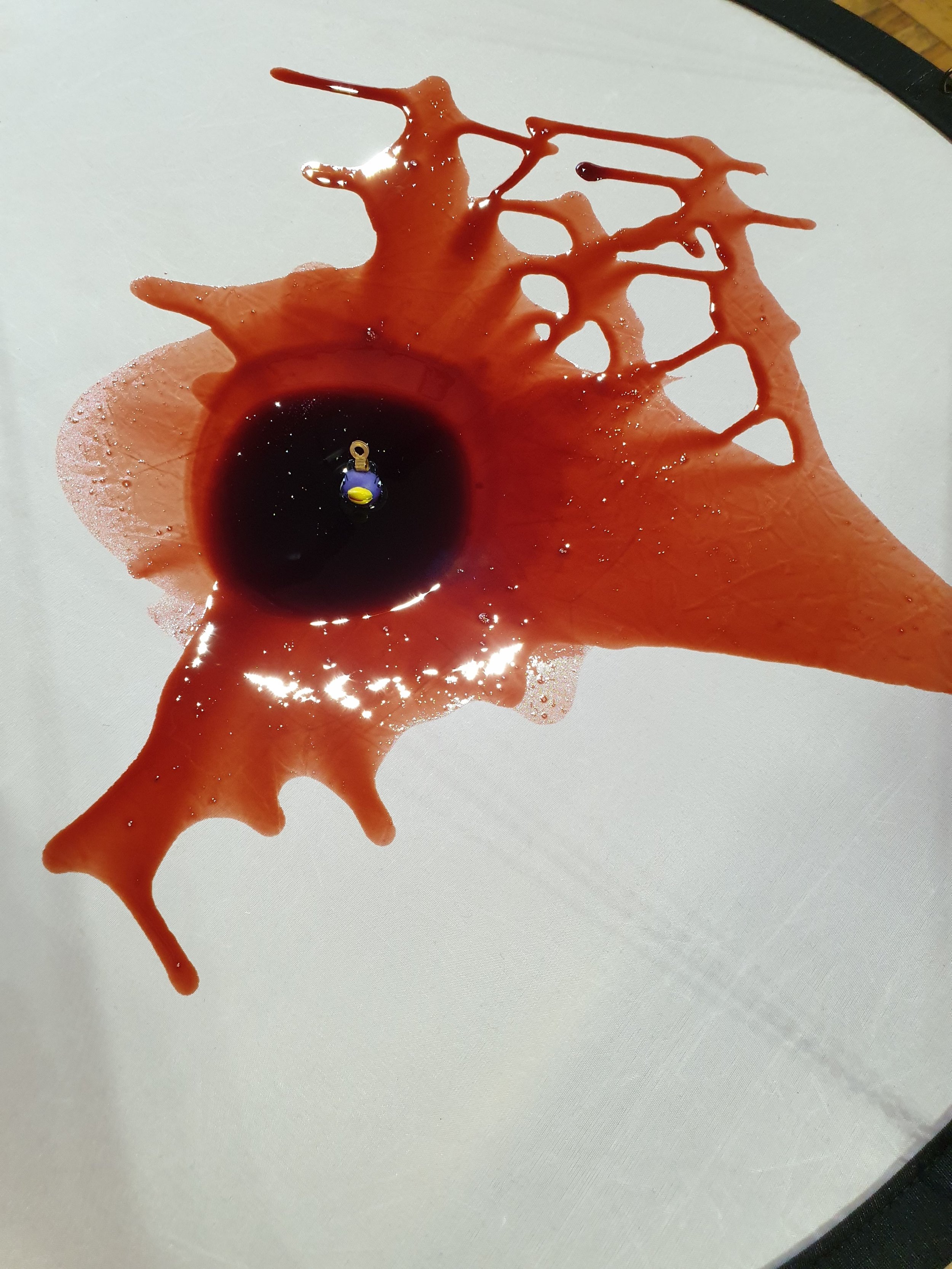Dreaming of PQ
In a few days time, PQ23 will be opening its doors to the thousands of visitors who make the pilgrimage to gorge themselves on the spectacle and idea-feasts offered at this 10 day festival of performance design and space. Sadly, Flying House will not be attending this year, despite the fact that our proposed installation was accepted on the programme. It just hasn’t been possible in the time available to raise the necessary funding. It seems as if scenography is a hard sell to funders in this current climate. It’s something we notice, even within the theatre industry itself. Design doesn’t get quite the same attention when it comes to development programmes (compared to, say, opportunities for playwrights). There’s a still a prevalent mindset that designers just create an environment in which the story will be told, rather than an integral part of the telling, a metaphorical layer or an active, transformative part of the production. And yet South African design is popping.
When Jenni-lee Crewe and I took our SA exhibit to PQ in 2019, this was what we wanted to showcase - “the best of South African indie scenography on a shoestring – innovative performance design created despite budgetary constraints and cultural challenges. Each day a new configuration of reflectors is installed, in an exhibition that evokes the can-do, think-on-your-feet, fix-quick, dig-deep way that is SA performance now.”
Innovation, expansion and exchange - those are some of the words that spring to mind when I think of what our trip to PQ meant to us in 2019. The kind of stimulus that we desperately need as artists, especially since SA theatre can be a small pond.
So, since we will not be travelling to Prague this June, take a look at our previous experience there four years ago, in this photo essay.
Shutterspeed: Reflection/Deflection: Prompted by the notions of reflection, deflection, framing, exposing and capturing, the curators imagined a shifting and transforming landscape – an installation comprised of the reflective panels that photographers use to enhance or modify lighting conditions. The metaphor this material offered us was that of reflecting and deflecting light in order to capture an image.
In our daily encounters with our selves, our others and our othered selves, we experience elusive moments of slippage where meaning flounders on predicated intent and imagined connection or missed connection. Did we say what we meant to say? Like photography, theatre design is about fixing fluid reality into an image in time and space, to impose a frame on multiple possibilities. What is reflected and what is deflected when the shutter snaps, when we make the choices we do for performance? How do we view each other, and how do those views act as filters, mirrors or windows? Do these reflectors help us see better, or do they help us to look away? What types of spaces do we build around us? From gated communities to laagers, mine shafts to sky scrapers to temporary dwellings, the spaces we traverse say so much about who we are.
We sought out designs that were innovative, resourceful and cutting edge – where budget was a constraint but magic was made nonetheless. We put out a call for nominations and selected 10 examples.
Jemma Kahn’s The Borrow Pit; Thando Lobese’s dystopian designs for Chant; Gavin Krastin, Ilke Louw, Jade Bowers, The Trinity Session, Leigh Bishop’s costumes for Slowly, See the catalogue for the full selection of the designers and their work.
We gave each designer one of the reflective panels, to be incorporated into the larger installation. Once in Prague we created a somewhat ephemeral structure, or collection of structures, composed of the reflective panels. These structures served variously as projection screen, or display background for the individual works.
Jemma Kahn’s arresting piece, Untitled (Sorry I’m late) encapsulates all that we love about her work: her ability to create a bold visual statement layered with subtle and not-so-subtle social commentary, playful and uncomfortably provocative at the same time.
We invited passers-by to linger at our installation and “Draw a Selfie.” As arts educators, Jenni-lee and I work with blind drawing a lot in the classroom, and of course it’s been used to great effect by South African performance artist Anthea Moys in her Portrait Exchange. Our invitation was to think about the act of looking and being looked at, to contrast the instant gratification of cell-phone selfies with the stillness of stopping, and engaging in slow, considered looking. Of course, this being a design festival, many of our passers-by were skilled with the pencil and we had some gorgeous examples of selfies that people generously left at the stall, to add to our growing exhibit.

